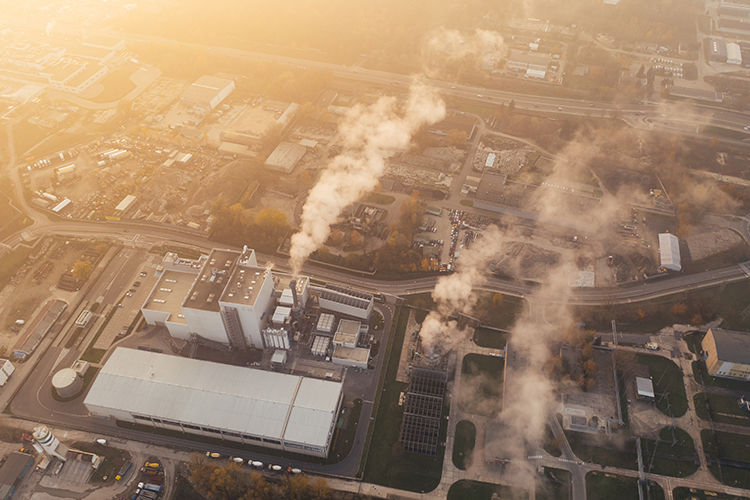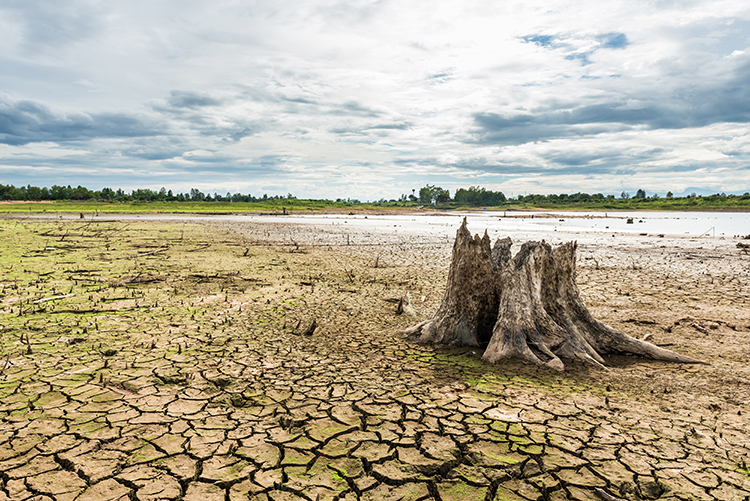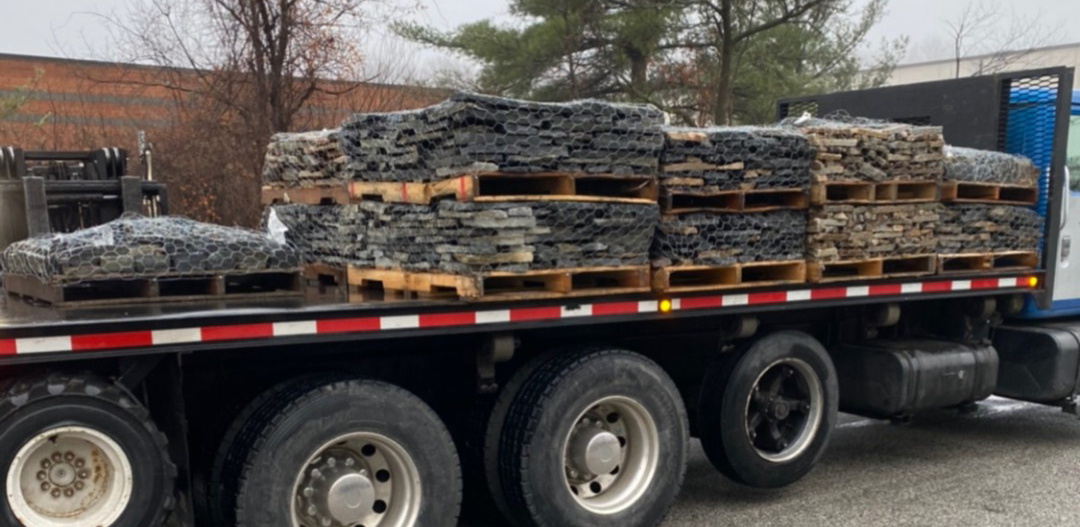Understanding the Environmental Footprint of Manufactured Stone
When we consider the environmental implications of construction materials, manufactured stone often enters the conversation as a lightweight and cost-effective alternative to natural stone. However, it’s crucial to examine the ecological footprint it leaves behind. In this blog post, we’ll dissect the environmental impact of manufactured stone from production to disposal, providing you with insights to make informed decisions for sustainable building practices.
The Harmful Manufacturing Process of Fake Stone
Even though manufactured stone is made from natural materials, the way it’s produced isn’t natural at all. Manufactured stone, also called fake stone or cultured stone, is made using cement, different kinds of stone bits, and color pigments. The way it’s made needs a lot of energy, especially when the stone is being set and hardened in large ovens. This part of the process usually uses fossil fuels, which leads to a rise in harmful gas emissions that can hurt our environment. The color pigments mixed in can also have dangerous chemicals that might harm the environment for a long time.
The ingredients of manufactured stone come from the earth, but the way it’s made isn’t good for our planet. It needs resources that we can’t replace, and using too much of them can make them run out too soon. This is something we really have to watch out for if we want to take care of our resources.
Furthermore, making manufactured stone creates waste that can be tough to deal with. The small pieces and dust that come from making it need to be handled carefully to avoid adding to pollution.


When we pick materials for building, we need to think about how making, using, and getting rid of the material affects our planet. The way manufactured stone is made and the waste it creates are harmful to earth. By choosing a more sustainable and eco-friendly product, like real stone veneer, we can reduce the environmental impact of construction.
Weight and Transportation: A Shift in the Balance
Historically, the lightweight nature of manufactured stone presented a clear advantage over its heavier natural counterpart. However, with technological progress, this playing field has leveled. Cutting-edge advancements have enabled the slicing of real stone into thin sections, making it comparable in weight to manufactured stone veneer. This revolution in stone cutting not only enhances the ease of handling and installation of real stone but also significantly reduces its shipping weight.
The most substantial difference now lies in the logistics of transportation. Manufactured stone typically embarks on a global journey, often fabricated in international locations, and must navigate a complex network of oceans and highways before arriving at its final destination. This extensive transit route not only increases the carbon emissions associated with each square foot of material but also adds to the hidden environmental costs in the final product.

Conversely, natural stone veneer has a more localized and direct path. Quarried regionally, it cuts down on the travel miles from source to site, substantially shrinking its carbon ‘treadprint’. By utilizing a fraction of the transportation resources required for manufactured stones, natural stone supports eco-friendly building initiatives and contributes to a reduction in the overall environmental impact of construction projects.
This shift not only speaks to the sustainability efforts within the industry but also aligns with a broader environmental consciousness that prioritizes reduced emissions and a smaller carbon footprint. The decision to opt for locally sourced natural stone is a reflection of a commitment to environmental stewardship and a more sustainable future in building materials.
Durability and Maintenance
The lifespan of manufactured stone is generally shorter than that of natural stone. The reduced durability of manufactured stone shows up as faded colors and stone deterioration. This means that fake stone will likely need to be replaced more frequently, leading to increased waste and further use of raw materials. Moreover, if manufactured stone is not properly maintained, it may release particles and dust into the environment, adding to air pollution.
Learn More About Real vs. Manufactured Stone Veneer:
End of Life and Waste Management
Unlike natural stone, which can often be reused or left to integrate back into the environment, manufactured stone poses challenges at the end of its life cycle. It is not biodegradable and is difficult to recycle, often ending up in landfills where its decomposition can release harmful chemicals into the soil and groundwater.
Considerations for Eco-Friendly Building
The environmental impact of manufactured stone is multi-faceted, with implications stretching from its production to its ultimate disposal. While it offers certain practical and economic advantages in construction, these must be weighed against its ecological footprint. As builders, architects, and consumers become increasingly environmentally conscious, it is imperative to consider these impacts when selecting materials for construction projects.
If you’re dedicated to environmentally friendly building, it’s essential to look beyond the surface. Consider the full life cycle of the materials you choose and strive for options that promote sustainability at every stage. In the case of manufactured stone, understanding its environmental impact can guide you towards materials that better align with eco-conscious building goals.
Interested in real stone veneer for your next project?
Visit a dealer near you to learn more about the environmental benefits real stone veener and to discover the timeless beauty and superior durability of Natural Facing.
Natural Facing Real Stone Veneer
Natural Facing is a leading provider of sawn thin stone veneer in the Mid-Atlantic and Northeastern United States. They offer a variety of stone blends in thee distinct shapes, as well as accessories to complete the job. We are committed to providing superior products and control the process from sourcing and fabrication to blending and delivery. Each palette of Natural Facing is expertly cut and pre-blended for efficent installation.
Natural Stone Veneer Available Three Distinct Shapes
See the full range of colors available in your desired shape or browse our entire catalog.
